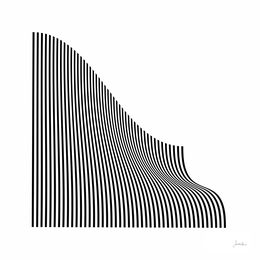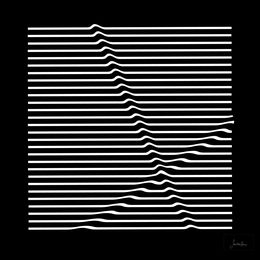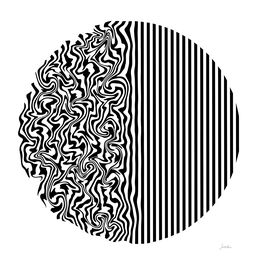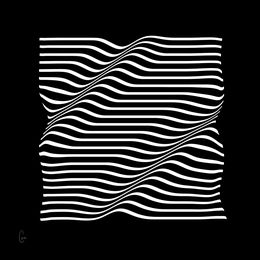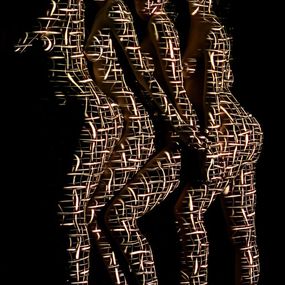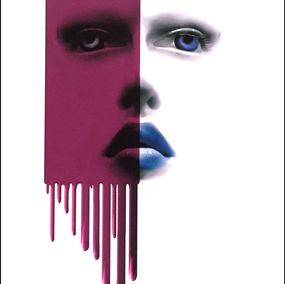
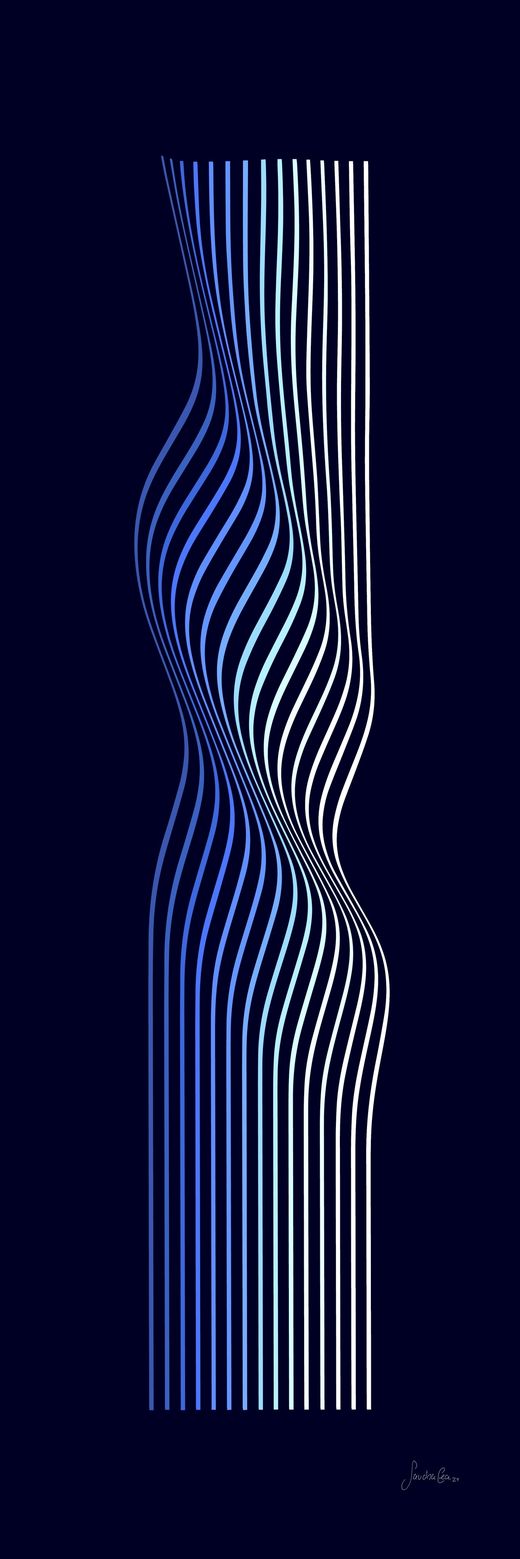
Biography
Sandra Cea has completed training programs at prestigious international institutions such as The Museum of Modern Art (MOMA), New York, USA; Harvard Business School, Boston, USA; The New School Parsons, New York, USA; The University of California, Irvine (UC Irvine), California, USA; and Agora School of Experimentation, Barcelona, Spain. Her training encompasses disciplines such as digital art, visual experimentation, 3D design, and design thinking applied to leadership. She has exhibited her work in various countries, including Argentina, Spain, the USA, France, Monaco, Panama, and Turkey. Among her most notable exhibitions are El Origen at Nusa-Mestis, Panama Design Center (PDC), Panama, Panama (2024); 38th Chelsea International NY Art Exhibition and Competition at Agora Gallery, New York, USA (2024); Eclissé at Monat Gallery, Madrid, Spain (2024); Oxímoron at Galería 0618, Buenos Aires, Argentina (2024); and A Visual Symphony of Love at Luna Grande Gallery, Istanbul, Turkey (2024).
She has also participated in international fairs such as ExpoNewYork at Contemporary Art Gallery, New York, USA (2025); Art3fest at Monat Espacio Gallery, Monaco, Monaco (2024); and Digital Show Art on Loop at The Holy Art Gallery, Paris, France (2024).
Her work has been recognized in the media, including an interview on the program Entre Nosotras on Canal 7 Telémetro, Panama, Panama (2024).
Artist Statement:
"My work sits at the intersection between art and visual perception, exploring the mechanisms through which the brain processes sensory information. I am particularly interested in how optical illusions and the principles of neuroscience highlight the distance between what we see and what is actually present. From this perspective, I investigate how art can function as a field of experimentation to question the interpretation of reality.
My references come from both Op Art and kinetic art as well as studies in physics, biology, and mathematics—disciplines that have analyzed the structure of visual perception and the interaction between light, form, and color. Researchers such as Richard L. Gregory have pointed out that vision is not a direct reflection of the environment, but rather a construction by the brain based on learned patterns and context. This idea is reflected in my work through the use of lines, contrasts, and precise structures that generate visual instability effects.
More than representing images, my interest lies in developing compositions that challenge the visual certainty of the viewer. Formal precision and the study of the boundaries between shapes are key elements in my practice, where material and technical research play a fundamental role. In a context where digital technologies have transformed the way we perceive the world, I find it relevant to question the mechanisms through which we construct our visual and cognitive experience."






